Grow Lights
mike1994
15 years ago
Related Stories
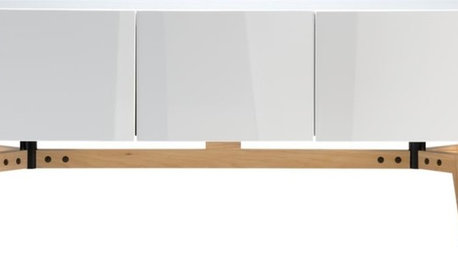
PRODUCT PICKSGuest Picks: Light Wood Accents That'll Grow on You
Ditch the darkness with modern accessories and furniture in ash, birch and light oak
Full Story
TRANSITIONAL STYLERoom of the Day: Multipurpose Space Grows Up for a Young Family
A designer revamps a New York living-dining room with light colors, flexible furnishings and sophisticated childproofing
Full Story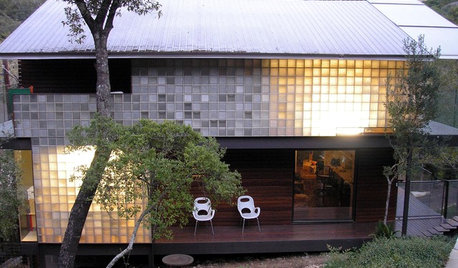
REMODELING GUIDESGreat Material: Glass Block Grows Up
See how designers are using the humble glass block for privacy, pattern and light
Full Story
FARM YOUR YARDHow to Grow Vegetables in Containers
Get glorious vegetables and fruits on your patio with a pro’s guidance — including his personal recipe for potting mix
Full Story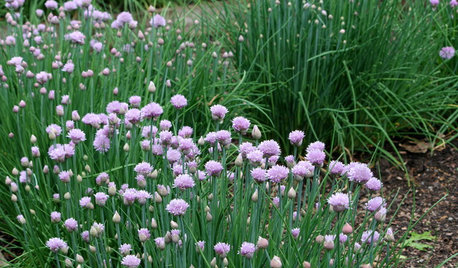
HERBSHerb Garden Essentials: How to Grow Chives
This decorative and delicately flavored herb from the onion family is easy to grow indoors and out
Full Story
FARM YOUR YARD6 Things to Know Before You Start Growing Your Own Food
It takes time and practice, but growing edibles in the suburbs or city is possible with smart prep and patience
Full Story
HOUSEPLANTS10 Top Plants to Grow Indoors
Brighten a room and clean the air with a houseplant that cascades artfully, stretches toward the ceiling or looks great on a wall
Full Story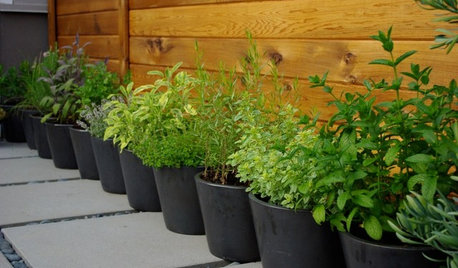
GARDENING GUIDES6 Ways to Grow Edibles in Small Places
No big backyard? Join in the grow-your-own fun with these small-space ideas for planting vegetables, fruits and herbs
Full Story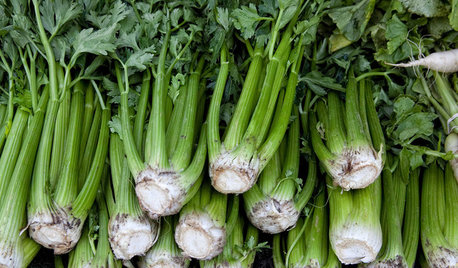
COOL-SEASON CROPSHow to Grow Celery
If you're up for a challenge this fall, try growing celery and celeriac in your garden.
Full Story0

GARDENING GUIDES9 Low-Growing Hedges That Make Good Neighbors
Define garden areas or borders without blocking the view, with these evergreen shrubs that take kindly to trimming
Full Story





denninmi
mike1994Original Author
Related Professionals
La Marque Landscape Architects & Landscape Designers · Mountain Brook Landscape Architects & Landscape Designers · Paradise Landscape Architects & Landscape Designers · Cicero Landscape Contractors · Dixon Landscape Contractors · Doctor Phillips Landscape Contractors · El Reno Landscape Contractors · Elmhurst Landscape Contractors · Fort Wayne Landscape Contractors · Paramus Landscape Contractors · Parkland Landscape Contractors · St. Louis Landscape Contractors · Sugar Hill Landscape Contractors · Vermilion Landscape Contractors · View Park-Windsor Hills Landscape Contractorsdigdirt2
denninmi
nygardener